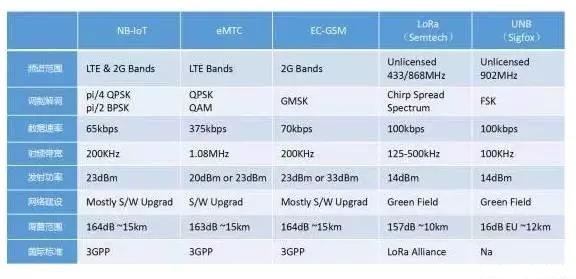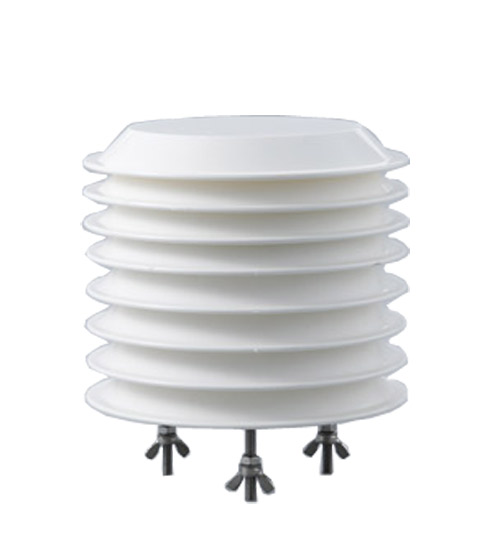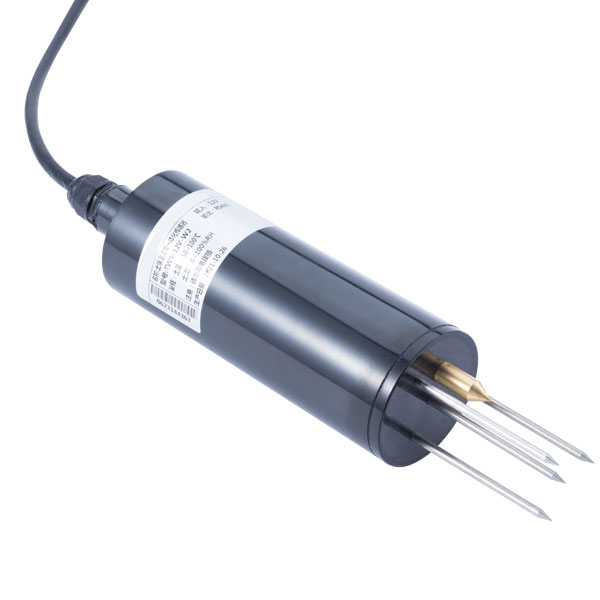

— Blogs —
—Products—
 Consumer hotline +8618073152920
Consumer hotline +8618073152920 WhatsApp:+8615367865107
Address:Room 102, District D, Houhu Industrial Park, Yuelu District, Changsha City, Hunan Province, China
Product knowledge
Time:2021-12-27 21:47:04 Popularity:969
What you should know about the content of the NB-IoT protocol for the narrowband Internet of Things
Cellular-based Narrow Band Internet of Things (NB-IoT) has become an important branch of the Internet of Everything. NB-IoT is built on a cellular network and consumes only about 180KHz of bandwidth. It can be directly deployed on GSM networks and UMTS networks. Or LTE network to reduce deployment costs and achieve smooth upgrades. These issues of the NB-IoT protocol of the Narrowband Internet of Things must be understood by everyone.
Narrowband IoT resource blocks can be well adapted to standard LTE channels or guard bands. When operators re-divide their earlier 2G spectrum, it can also be adapted to standard GSM channels. Modulation uses OFDMA downlink and SC-FDMA uplink.
What are the vertical application scenarios suitable for NB-IoT?
First, gas meter
There are about 40 million new gas meters every year, and 10% of them will add communication modules. This part of the meter is called the Internet of Things meter. Half of these meters use GPRS, 40% use NB, and 10% use short-distance meter reading schemes such as Lora. Gas meters are one of the main forces recently shipped NB modules.
Second, the water meter
The annual increase in new water meters is around 20 million. The price of a traditional water meter is tens of yuan, and the price of a water meter after adding a module is about 200 yuan. The government will subsidize the module for the increased cost. In this case, about 10% to 20% will use modules. The water meter is the second main force in the recent shipment of NB modules.
Third, smoke
The market demand for smoke detection is extremely large, but most of the market channels for smoke detection rely on fire-fighting mandatory installations to ensure the safety of people's livelihood. The cost of traditional cigarette smoke is only about ten yuan. If you add modules, the hardware cost, background operating cost plus ten-year traffic fee will increase the cost by at least one hundred yuan. This part of the cost can only be passed on to small merchants, enterprises, and developers. On the head.
In the current harmonious environment, any complaint will trigger tensions in law enforcement agencies, and any incident will be fermented online, and it is unlikely that the fire department will force the promotion of the Internet of Things smoke.
Fourth, manhole cover monitoring
Because manhole covers are mostly made of cast iron, and each manhole cover weighs about 30 kilograms, stealing a manhole cover can sell for dozens of dollars. Therefore, every year in our country, the losses and casualties caused by the theft of manhole covers are countless. If a communication module is added to the manhole cover to monitor the abnormality of the manhole cover, this type of theft can be avoided to a large extent.
If module monitoring is added to the manhole cover, a large-capacity lithium battery is required, so that the monitoring equipment can work for at least 5 years. In this way, the cost of the circuit plus the battery, plus installation, and background operation and maintenance is more than one hundred yuan.
Fifth, trash can monitoring
Since the implementation of garbage classification in our country is very poor, some people propose to use NB to monitor the implementation of garbage bin classification. Not to mention whether this technology can be achieved, but the funding for the intelligent transformation of the trash can is a big problem.
2, NB-IoT and other low-power wide area network technology comparison?

The difference between NB-IOT and LoRa
3. What are the deployment methods of NB-IoT?
NB-IoT supports 3 different deployment methods, namely independent deployment, guard band deployment, and in-band deployment.
Independent deployment: A separate frequency band can be used, which is suitable for re-cultivation of the GSM frequency band.
Guardband deployment: The marginal unused frequency band in the LTE system can be used.
In-band deployment: Any resource block in the middle of the LTE carrier can be used.
4. What is the coverage area of the NB-IoT base station?
NB-IoT has a gain of 20dB higher than LTE and GPRS base stations, and it is expected to cover underground garages, basements, underground pipelines and other places where signals are difficult to reach. According to the simulation test data, in the independent deployment mode, the NB-IoT coverage capacity can reach 164dB, and the in-band deployment and guardband deployment still need to be simulated and tested.
5. What is the uplink and downlink transmission rate of NB-IoT?
NB-IoT radio frequency bandwidth is 200kHz.
Downlink rate: greater than 160kbps, less than 250kbps. Uplink rate: greater than 160kbps, less than 250kbps (Multi-tone)/200kbps (Single-tone).
6. Does NB-IoT sleep and wake mode affect battery life?
The current working hours given by NB-IoT are provided based on simulation data, without considering battery factors and environmental factors, such as battery self-discharge and aging problems, high and low temperature environmental impacts, etc. In actual use, the battery power supply time needs to be comprehensively evaluated according to the actual situation. NB-IoT adopts the power saving scheme of wake-up from sleep. When the battery is awakened during sleep, it will receive an instantaneous strong current, which will greatly affect the battery life. Meter reading applications usually use lithium thionyl chloride (Li/SOCl2) batteries with super capacitors. Consumer electronics and other applications usually use polymer lithium batteries for power.
7. What is the network delay of NB-IoT?
NB-IoT allows a delay of about 10s, but it can support a lower delay in the maximum coupling loss environment, such as about 6s.
Prev:Detailed explanation of nb-iot network architecture
Next:Key technologies and application directions of industrial gateways
Sensors & Weather Stations Catalog
Agriculture Sensors and Weather Stations Catalog-NiuBoL.pdf
Weather Stations Catalog-NiuBoL.pdf
Related recommendations
Related products
 Atmospheric Temperature Humidity Pr···
Atmospheric Temperature Humidity Pr··· Soil Temperature Moisture Sensor 4-···
Soil Temperature Moisture Sensor 4-··· Air temperature, humidity and atmos···
Air temperature, humidity and atmos···
Screenshot, WhatsApp to identify the QR code
WhatsApp number:+8615367865107
(Click on WhatsApp to copy and add friends)